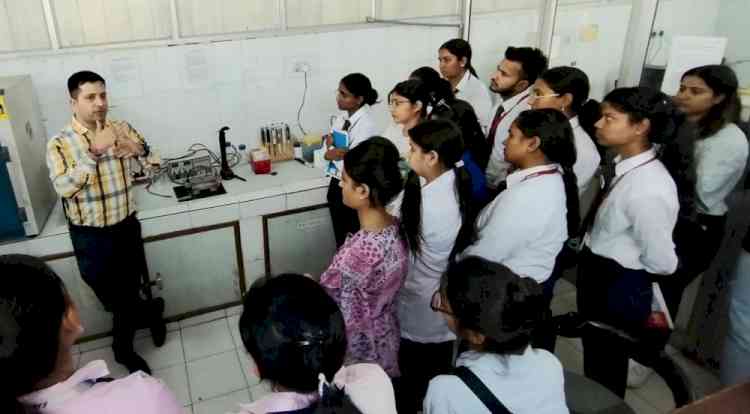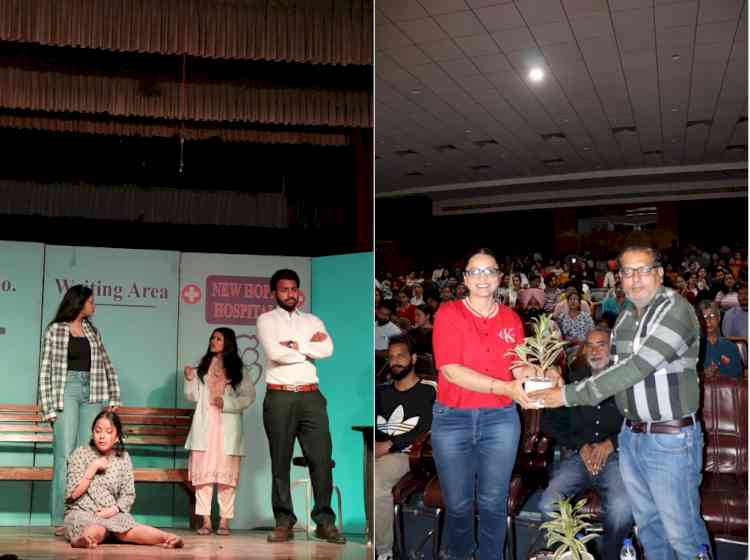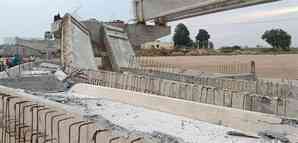'Shotgun' method helps identify 700-year-old disease
London, July 15 (IANS) Using a novel shotgun technique, researchers have recovered a genome of the bacterium Brucella melitensis from a 700-year-old skeleton found in the ruins of a medieval Italian village. They also found that the Brucella...

London, July 15 (IANS) Using a novel shotgun technique, researchers have recovered a genome of the bacterium Brucella melitensis from a 700-year-old skeleton found in the ruins of a medieval Italian village.
They also found that the Brucella strain, which they called Geridu-1, was closely related to a recent Brucella strain called Ether - identified in Italy in 1961 and two other Italian strains identified in 2006 and 2007.
The scientists used a technique called shotgun metagenomics to sequence DNA obtained from the skeleton of a middle-aged male excavated from the settlement of Geridu in Sardinia, an island off the coast of Italy.
"Normally, when you think of calcified material in human or animal remains, you think about tuberculosis, because that is the most common infection that leads to calcification," explained Mark Pallen, a professor of microbial genomics at Warwick Medical School in Coventry, England.
"We were a bit surprised to get Brucella instead," he added.
The team recovered the genome of Brucella melitensis that causes an infection called brucellosis in livestock and humans.
In humans, brucellosis is usually acquired by ingesting unpasteurised dairy products or from direct contact with infected animals.
Symptoms include fever, arthritis and swelling of the heart and liver.
The disease is still found in the Mediterranean region.
Pallen's team is now testing the technique on a range of additional samples, including historical material from Hungarian and Egyptian mummies, the study, published in the journal mBio, noted.

 cityairnews
cityairnews 
















